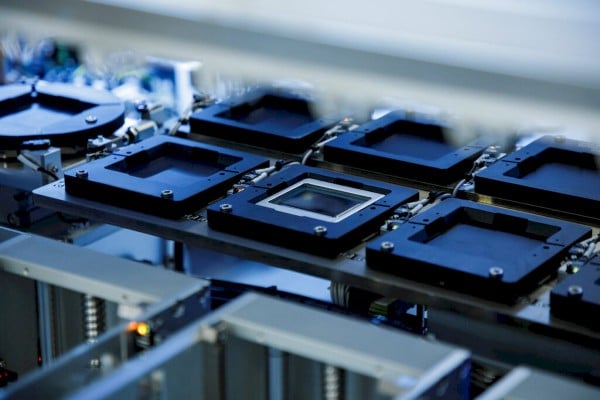5D Memory Crystal: A Groundbreaking Technology for Long-Term Data Storage
In a groundbreaking development, researchers at the University of Southampton have unveiled an innovative 5D memory crystal capable of storing up to 360 terabytes (TB) of data for nearly 14 billion years. This piece of technology, dubbed the "Superman memory crystal," offers unprecedented potential for long-term data preservation, particularly when compared to traditional storage formats that degrade over time.
The 5D memory crystal utilizes a unique method to encode data by employing two optical dimensions and three spatial coordinates, allowing it to inscribe information within nanostructured voids in fused quartz. This advanced technique not only contributes to its impressive storage capacity but also ensures durability against extreme conditions, including temperatures reaching up to 1000°C and significant impact forces.
One of the most intriguing applications of this technology involves the preservation of genetic information. Scientists propose that using 5D memory crystals to archive genetic data could potentially enable the future revival of extinct species—a concept that intersects with ongoing advancements in synthetic biology. Although not currently feasible, the possibility of synthesizing life forms from stored genomic information presents exciting avenues for future research.
The crystals are meticulously stored in the Memory of Mankind archive, located within a salt cave in Hallstatt, Austria, designed to safeguard human history and knowledge for generations to come. Annotated with universal elements and DNA bases, these crystals contain clear instructions for interpreting the data inscribed within, providing insights into humanity's genetic blueprint.
However, the specialist skills and advanced equipment required for inscribing and reading from these memory crystals mean that direct applications could remain limited for the foreseeable future. Nevertheless, as Professor Peter Kazansky, the lead researcher, notes, the potential for constructing an everlasting repository of genomic information could revolutionize our approach to understanding and perhaps even resurrecting complex organisms someday.
RECOMMENDED NEWS

Microsoft's Surface Laptop 6 and Pro 10 devices could be its first AI PCs
Rumor has it that Microsoft is going to release the next version of Windows in 2024. Named Windows ...

Linux Mint 21.3 is now available with experimental Wayland support
Linux Mint 21.3 is the third and final point update for the Linux Mint distribution. The developers...

AMD plans to make huge game downloads smaller in the future
Computer games seem to grow bigger with each passing year. Gone are the days that an entire game fi...

Google Chrome 129: new features and security fixes arrive on all platforms
Google released Chrome 129 Stable for all supported channels. The update fixes several security iss...

ChatGPT Search Now Open to Everyone—No Account Needed!
In a major shift, OpenAI has removed the account requirement for using ChatGPT’s search engine, mak...

Pokémon Go Developer Niantic Reportedly Selling Games Unit to Scopely
Niantic, the developer behind the popular augmented reality game Pokémon Go, is reportedly in discu...
Comments on "5D Memory Crystal: A Groundbreaking Technology for Long-Term Data Storage" :